Personal injury claims in Minnesota arise when an individual is harmed due to the negligence or wrongful actions of another party. These claims can involve various types of accidents, including motor vehicle accidents and premises liability cases. Understanding Minnesota’s personal injury laws, the legal process, and what compensation may be available can help injured persons navigate their claims effectively.









